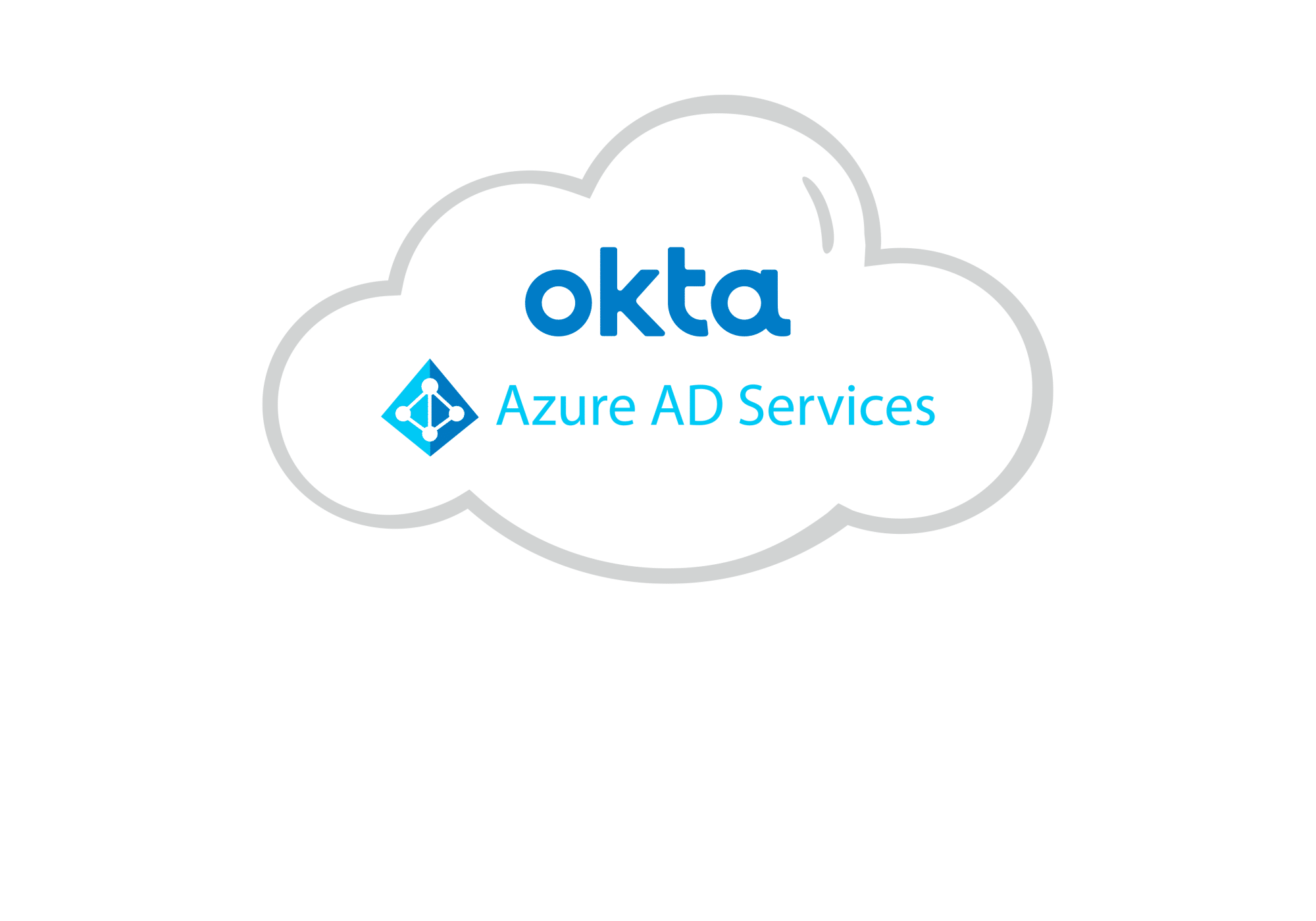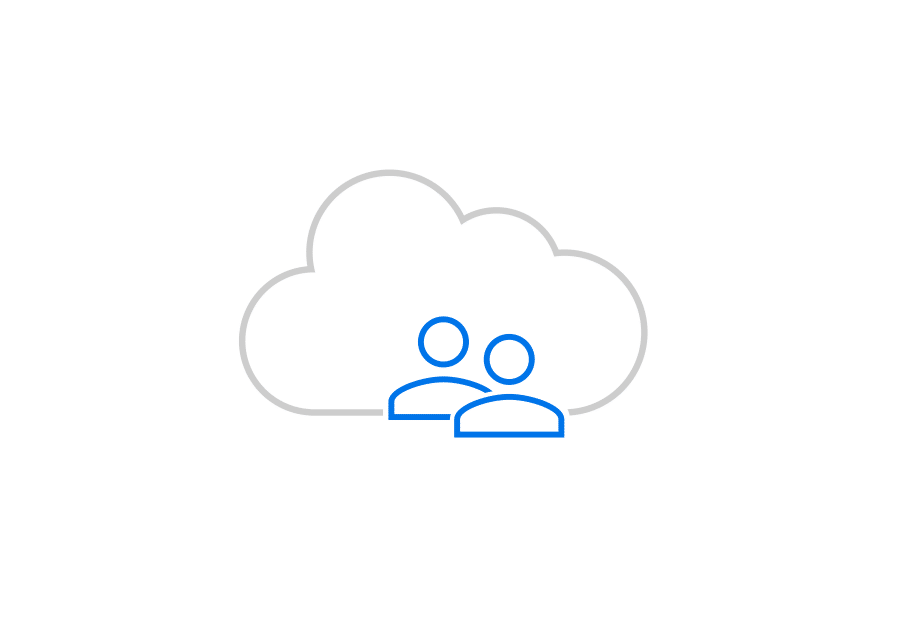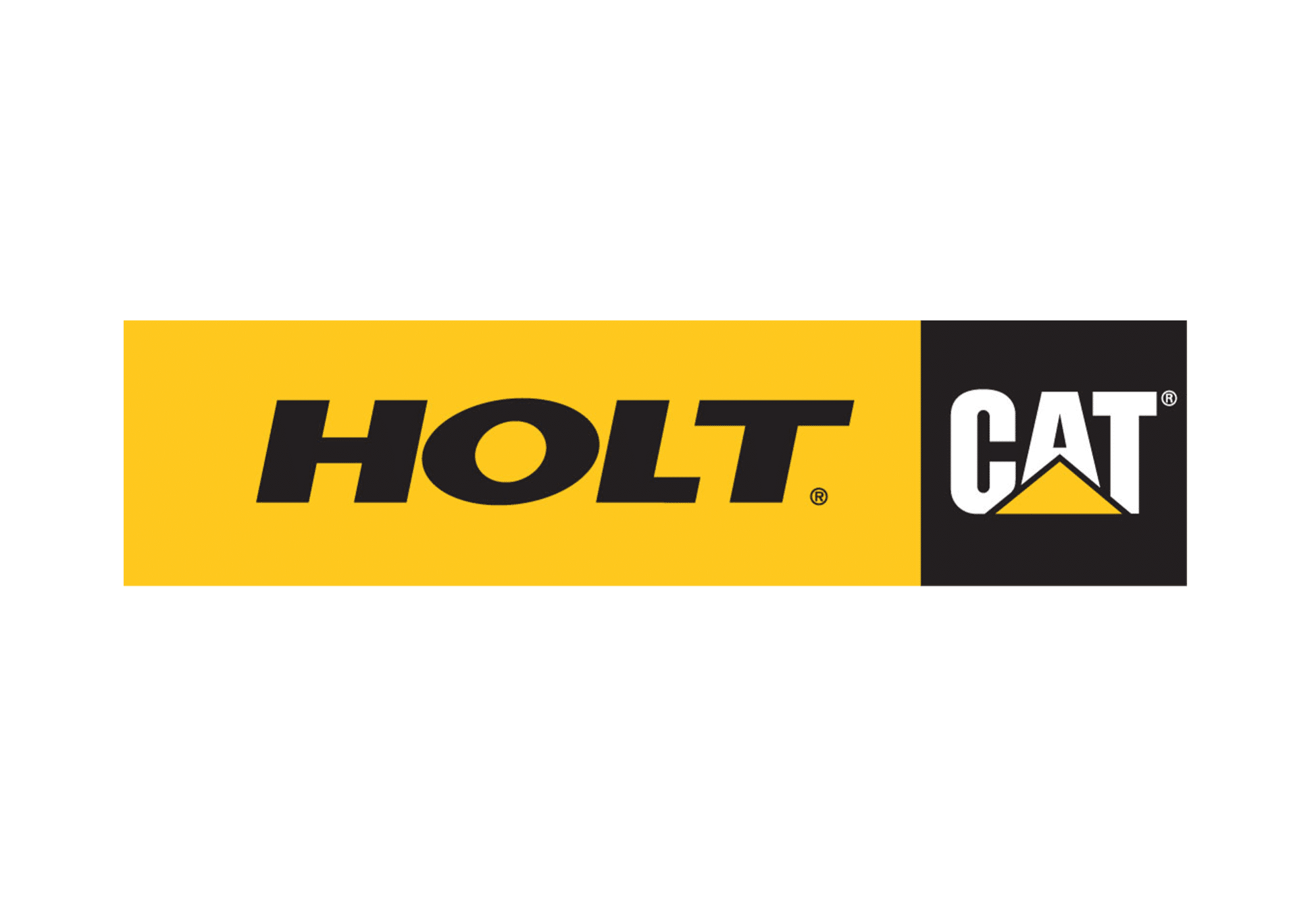What is an Identity Provider?
A cloud-based identity provider (IdP) is a trusted third party that securely stores and manages passwords and grants access to cloud applications and resources. IdPs increase organizational security by limiting employee access to unnecessary applications, while also providing easy, streamlined access to applications that have been approved for that individual.

What are the Benefits of PrinterLogic's IdP Integration?
Because PrinterLogic supports the leading IdPs including Okta, Azure AD, Ping Identity, OneLogin, and more. Customers can take advantage of the identity protection and access management benefits of single sign-on (SSO) and multi-factor authentication (MFA). PrinterLogic also supports multiple IdPs, allowing companies using more than one of these technologies to provide security and access across the board.
How it works
The admin or end user logs into the IdP using their credentials. If they match the database, the IdP authenticates the user, giving them access to PrinterLogic and any other cloud applications assigned to them. PrinterLogic relies on industry standards SAML, SCIM, and OIDC to update user data, authenticate the user, and authorize access to the application.

Security in the Age of Zero Trust
Strong, non-repetitive passwords and multi-factor authentication (MFA) help keep an organization’s information secure while protecting user identities. These protocols apply across devices and networks, greatly reducing the risk of a breach. This is the gold standard for companies operating under a Zero Trust security model.

Centralized Identity and Access Management
IT teams become more efficient by managing user identities through one IdP Admin Console. The portal also gives admins visibility into which users have access to which resources, and enables them to make changes to permissions that automatically update across all applications, including PrinterLogic.

Login Made Simple
With Single Sign-On (SSO), security and user efficiency are improved. All applications that are approved for a specific user can be accessed on a single dashboard using a single set of login credentials.

Reduced Helpdesk Tickets
SSO offers the significant benefit of reducing help desk tickets related to forgotten passwords. This gives IT admins more time to focus on high-priority, strategic projects.
Designed for Remote Work Environments
Cloud-based IdPs are particularly essential in remote work environments where security and access issues are more difficult to control, and Zero Trust protocols may be in place. By integrating with IdPs, PrinterLogic enables companies to provide the right level of access to employees, contractors, and partners no matter where they are, and no matter what network they’re using.
Identity Provider FAQ
What is an IdP?
Identity Providers (IdP) are focused on managing and authenticating user identities. An IdP can be an on-prem solution (e.g., Active Directory), or a cloud-based service (e.g., Okta, Azure AD, Google Identity, etc.). An IdP is considered the source of truth for authenticating user identities.
What does integration mean?
Integration means PrinterLogic works seamlessly in organizations that use cloud-based IdPs for identity management. An employee can log in using the IdP and then automatically get access to PrinterLogic when needed. PrinterLogic uses industry-standard protocols like SAML and SCIM to make this happen.
What are the benefits of using an IdP?
An IdP is a trusted third party that securely stores and manages passwords and other authentication data. When users authenticate, the IdP verifies their identity and grants access to cloud applications and resources. Administrators manage user identities in one place (the IdP console); changes are then relayed to (SCIM-enabled) apps automatically.
What is SAML?
The Security Assertion Markup Language (SAML) is an open standard that allows IdPs to pass authorization credentials (identity information) to cloud applications. SAML also enables Single Sign-On (SSO). If the IdP provides SSO this feature is enabled within PrinterLogic, which improves security and reduces helpdesk tickets.
What is SCIM?
The System for Cross-domain Identity Management (SCIM), is an open standard for the automation of user provisioning. SCIM communicates user identity data between IdPs and Service Providers (cloud applications) that need the identity information.
What is Multi-factor Authentication (MFA)?
Multi-factor Authentication improves security by requiring additional proof before accepting a login. For example, a user enters their username and password, and then has to enter a code from their smartphone or answer a security question. MFA is provided by the IdP.
The impact of eliminating our print servers was immediate. We no longer have to worry about print servers going down and disrupting business. I wish we would have discovered PrinterLogic years ago."
— Roger VanOrman – Systems Administrator

